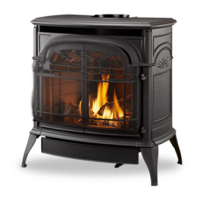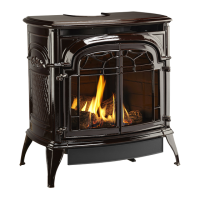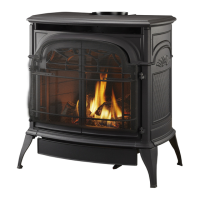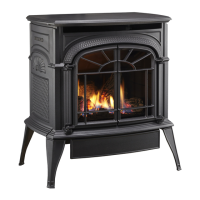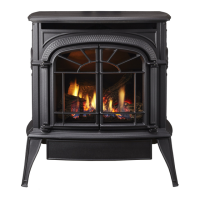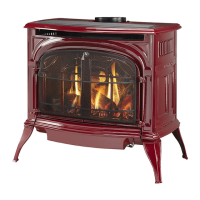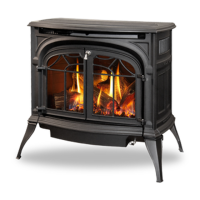INSTALLER / CONSUMER
SAFETY INFORMATION
PLEASE READ THIS MANUAL
BEFORE INSTALLING AND USING
APPLIANCE.
WARNING!
IF THE INFORMATION IN THIS
MANUAL IS NOT FOLLOWED
EXACTLY, A FIRE OR EXPLOSION
MAY RESULT CAUSING
PROPERTY DAMAGE, PERSONAL
INJURY OR LOSS OF LIFE.
FOR YOUR SAFETY
Installation and service must be
performed by a qualified installer, service
agency or the gas suppler.
WHAT TO DO IF YOU SMELL GAS:
• Do not try to light any appliance.
• Do not touch any electric switch; do
not use any phone in your building.
• Immediately call your gas supplier from
your neighbor’s phone. Follow the gas
supplier’s instructions.
• If you cannot reach your gas supplier,
call the fire department.
DO NOT STORE OR USE GASO-
LINE OR OTHER FLAMMABLE
VAPORS AND LIQUIDS IN THE
VICINITY OF THIS OR ANY OTHER
APPLIANCE.
This appliance may be installed in an after
market permanently located manufactured
(mobile) home where not prohibited by
local codes.
This appliance is only for use with the
type of gas indicated on the rating plate.
This appliance is not convertible for use
with other gases unless a certified kit is
used.
Stardance
Direct Vent/Natural Vent
Gas Heater
Model SDV30: 3900-3916, 3940-
3956
7065
SDV
fully assembled cover
1/6/04
Homeowner’s Installation
and Operating Manual
20007065 1/07 Rev. 13
INSTALLER: Leave this manual with the appliance.
CONSUMER: Retain this manual for future reference.
